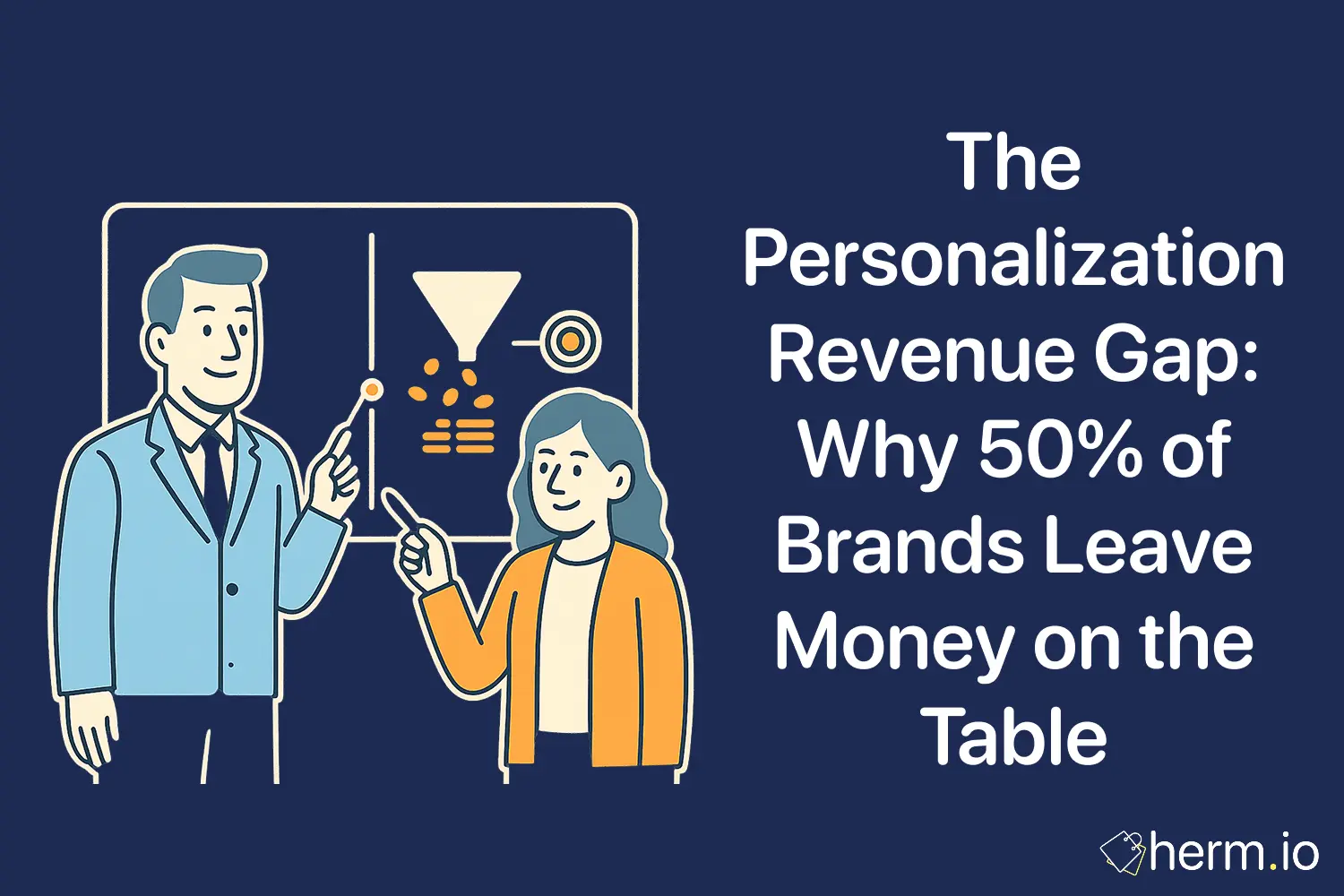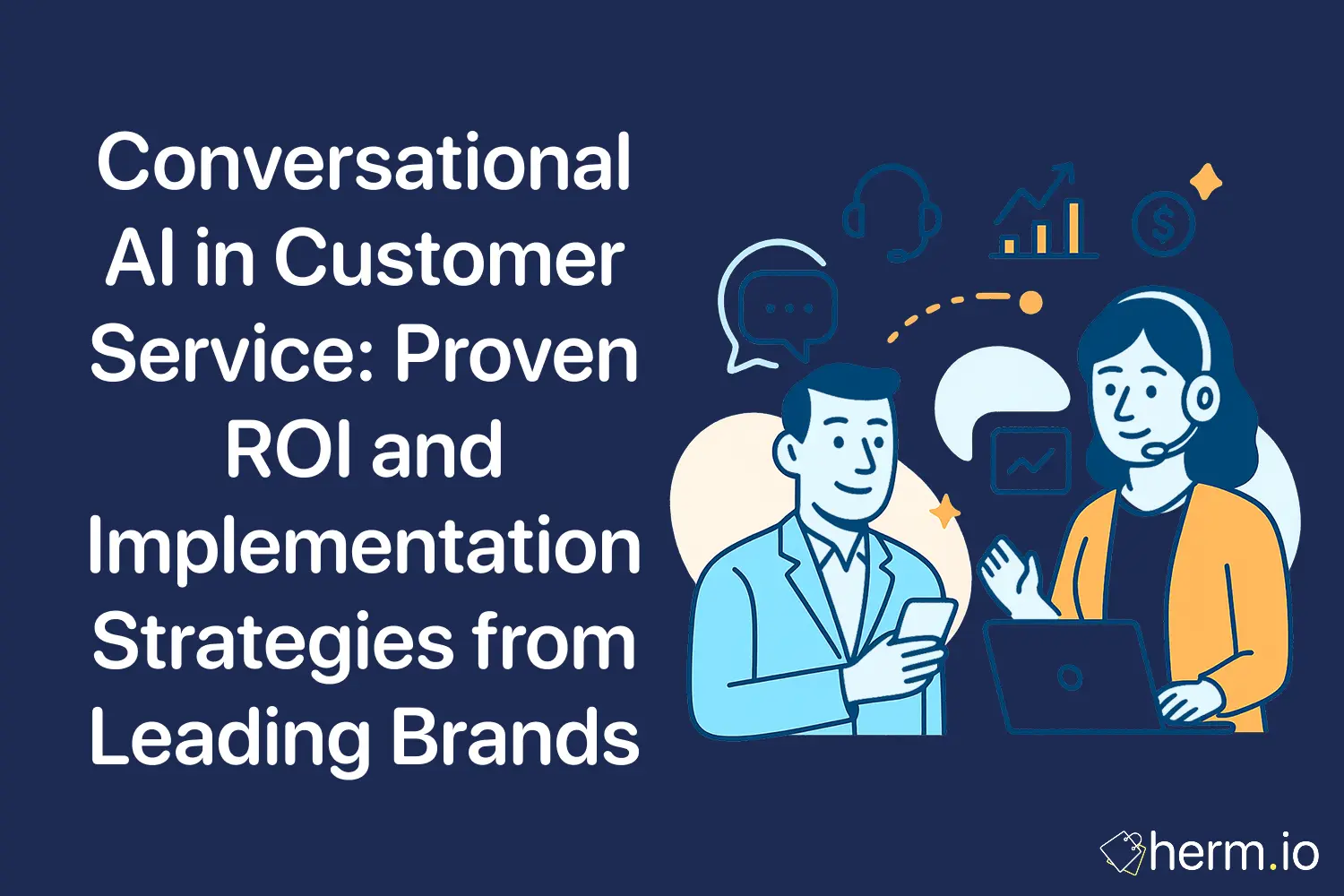
Picture an architect designing a skyscraper without understanding soil composition or load-bearing requirements. The numbers tell a clear story: structural failure becomes inevitable. Your marketing segmentation operates on identical principles. Like a well-engineered system, effective segmentation requires mathematical precision, data integrity, and architectural thinking that transforms scattered customer information into revenue-generating insights.
The mathematics behind customer segmentation reveals why 73% of companies still struggle with personalisation despite massive technology investments. Most marketing teams build campaigns on demographic assumptions rather than behavioural data patterns. This approach resembles constructing buildings on unstable foundations; initial progress feels promising until performance metrics expose underlying structural weaknesses.
This analysis examines three statistically robust segmentation frameworks that convert customer data into predictable revenue streams. Each model operates differently, yet successful implementation depends on matching your data infrastructure, business model, and analytical capabilities to the appropriate mathematical approach. We'll explore real-world implementations, quantify expected performance improvements, and provide a systematic methodology for selecting your optimal segmentation architecture.
Understanding Segmentation Model Architecture
Traditional market research divides customers using basic demographic filters—age brackets, geographical regions, income levels. This approach resembles using a hammer for precision engineering work. Statistical segmentation models function as sophisticated measurement instruments, identifying behavioural patterns that directly correlate with purchasing decisions, retention probability, and lifetime value calculations.
The distinction between demographic filtering and mathematical segmentation becomes clear through measurement precision. Demographic segments typically show 15-25% variance in purchasing behaviour within each group. Mathematical models reduce this variance to 8-12% by incorporating multiple data variables and identifying subtle correlation patterns that human analysis often misses.
Think of segmentation models as customer behaviour prediction engines. Rather than grouping people by obvious characteristics, these systems analyse transaction patterns, engagement frequency, product preferences, and temporal behaviours to identify customers with statistically similar future actions. This shift from descriptive grouping to predictive classification transforms marketing from educated guessing into engineering discipline.
The Mathematical Foundation
Effective segmentation models require three core components: sufficient data volume, clean data structure, and analytical infrastructure capable of processing multiple variables simultaneously. Like structural engineering calculations, insufficient input data produces unreliable outputs regardless of model sophistication.
Data volume requirements vary by model complexity. Simple RFM analysis needs minimum 12 months of transaction history across 1,000+ customers. Advanced clustering algorithms require 18-24 months of multi-channel interaction data across 5,000+ customer records to identify statistically significant patterns.
Data quality matters more than quantity in segmentation success. One incorrectly categorised transaction can skew an entire customer's behavioural profile. Clean data architecture includes consistent product categorisation, standardised customer identifiers, and systematic handling of missing values. Companies achieving 95%+ data accuracy typically see 40-60% better model performance compared to those operating with 85% accuracy levels.
RFM Analysis: The Engineering Fundamentals
RFM segmentation functions like a three-dimensional coordinate system for customer behaviour. Recency measures time since last purchase, Frequency counts transaction repetition, and Monetary quantifies spending magnitude. These three metrics create a mathematical space where customers with similar coordinates demonstrate predictably similar future behaviours.
The mathematical elegance of RFM lies in its simplicity and statistical power. Each metric captures a different dimension of customer engagement: Recency indicates current relationship temperature, Frequency reveals habit formation, and Monetary shows economic commitment level. Combined, these measurements predict future customer value with 75-85% accuracy when calculated correctly.
Implementation Architecture
RFM implementation follows systematic mathematical principles. Calculate each metric across your complete customer database, then rank customers from 1-5 in each dimension. A customer scoring 5-5-5 represents your highest-value segment: recent purchasers who buy frequently and spend significantly. Customers scoring 1-1-1 indicate your lowest-engagement segment requiring immediate attention or resource reallocation.
Sephora's Beauty Insider programme demonstrates RFM's revenue generation potential. Their system analyses purchase recency, shopping frequency, and spending levels to create personalised communication streams. High RFM score customers receive early access to limited products, while lower-scoring segments get targeted promotions designed to increase purchase frequency. This approach generated 15% higher customer lifetime value compared to demographic-based campaigns.
The scoring methodology requires careful calibration to your business model. E-commerce companies typically use 30-day recency windows, while B2B service providers might use 90-day periods. Frequency calculations should reflect your natural purchase cycles—monthly for subscription services, quarterly for professional services, annually for high-consideration purchases.
Segment Performance Optimisation
RFM segments reveal distinct customer behaviours requiring different marketing approaches. Champions (5-5-5) respond well to premium product introductions and loyalty rewards. At-Risk customers (4-1-3) show high historical value but declining engagement, making them prime candidates for re-engagement campaigns focusing on relationship rebuilding rather than immediate sales.
Netflix implemented RFM-inspired segmentation for their content recommendation system. They analyse viewing recency, session frequency, and content consumption volume to predict subscriber retention probability. Users showing declining engagement receive personalised content suggestions designed to rebuild viewing habits, while highly engaged users see recommendations for premium content tiers. This approach reduced churn by 23% among at-risk segments.
Mathematical precision in segment boundaries prevents classification errors that undermine campaign effectiveness. Avoid arbitrary cut-off points; instead, use statistical methods like quartile analysis or k-means clustering to identify natural break points in your data distribution. This ensures each segment represents genuinely different customer behaviour patterns rather than artificial divisions.
Predictive Modelling: Statistical Customer Forecasting
Predictive segmentation transforms customer data into probability calculations. Rather than describing current customer states, these models calculate likelihood scores for specific future actions: purchase probability, churn risk, upgrade potential, or advocacy behaviour. Think of predictive models as weather forecasting systems for customer behaviour—they quantify uncertainty and enable resource allocation based on statistical confidence levels.
The mathematical foundation relies on machine learning algorithms that identify complex patterns across multiple data dimensions simultaneously. These systems analyse hundreds of variables—transaction history, website behaviour, support interactions, seasonal patterns—to identify subtle correlations that predict future actions with remarkable accuracy.
Model Architecture and Implementation
Successful predictive models require clear mathematical objectives. Define exactly what you want to predict: 30-day purchase probability, 90-day churn risk, or 12-month upgrade likelihood. Precise definitions enable accurate model training and performance measurement.
Algorithm selection depends on your data characteristics and business requirements. Logistic regression provides interpretable results suitable for regulatory environments. Random forest algorithms handle missing data well and identify variable interactions automatically. Gradient boosting methods typically deliver highest accuracy but require more computational resources.
Spotify's music discovery algorithm demonstrates predictive segmentation's commercial power. Their system analyses listening patterns, skip rates, playlist additions, and social sharing behaviours to predict which songs individual users will enjoy. Users receive personalised playlists generated by mathematical models that calculate engagement probability for thousands of potential tracks. This approach drives 31% of all platform listening time and significantly reduces user churn.
Performance Measurement and Optimisation
Predictive model success requires continuous measurement and refinement. Track prediction accuracy using statistical metrics appropriate to your business context. Classification models use precision, recall, and F1-scores. Regression models rely on mean absolute error and root mean square error calculations.
Amazon's recommendation engine exemplifies mathematical sophistication in customer segmentation. Their algorithms analyse purchase history, browsing patterns, product ratings, and seasonal trends to predict individual purchase probabilities across millions of products. The system generates probability scores for each customer-product combination, then optimises product suggestions to maximise expected revenue. This mathematical approach drives 35% of total company revenue through recommendation-influenced purchases.
Model performance degrades over time as customer behaviours evolve and market conditions change. Implement systematic retraining schedules—monthly for fast-moving consumer goods, quarterly for B2B services, annually for complex industrial products. Monitor key performance indicators and retrain models when accuracy drops below predetermined thresholds.
Behavioural Clustering: Pattern Recognition at Scale
Behavioural clustering identifies customer groups through mathematical pattern recognition across multiple engagement dimensions. Unlike RFM's three-metric focus or predictive models' specific outcome targeting, clustering algorithms analyse dozens of variables simultaneously to discover natural customer groupings that human analysis might miss entirely.
The mathematical process resembles computer vision systems that identify objects in photographs. Clustering algorithms examine customer behaviour across multiple dimensions—product preferences, channel usage, timing patterns, price sensitivity—then identify groups of customers whose behavioural fingerprints share statistical similarities.
Algorithmic Approaches and Selection
K-means clustering works best for spherical data distributions and requires predetermined segment quantities. Specify the number of clusters you want, and the algorithm optimises customer assignments to minimise within-cluster variance while maximising between-cluster differences.
Hierarchical clustering builds segment trees from bottom-up, starting with individual customers and progressively combining similar profiles until reaching your desired segment count. This approach reveals natural data structure and helps identify optimal segment quantities through statistical methods like silhouette analysis.
DBSCAN (Density-Based Spatial Clustering) identifies clusters of varying shapes and automatically detects outliers. This method works particularly well for customer bases with natural behavioural groupings of different sizes—loyal customers, price-sensitive shoppers, premium buyers, occasional purchasers.
Implementation and Business Application
Airbnb's host and guest matching system demonstrates clustering's practical power. Their algorithms analyse booking patterns, property preferences, price sensitivity, location requirements, and communication styles to identify behavioural clusters among both hosts and guests. The system then optimises matches between compatible clusters, improving booking conversion rates by 18% and increasing customer satisfaction scores across both user groups.
Clustering implementation requires careful variable selection and preprocessing. Standardise all numeric variables to prevent high-magnitude measurements from dominating cluster formation. Convert categorical variables into numeric representations using one-hot encoding or embedding techniques. Remove highly correlated variables that might bias cluster identification towards specific behaviour dimensions.
American Express built their customer clustering system around spending patterns, merchant categories, geographic usage, and payment timing behaviours. Their algorithms identify clusters like "business travellers," "family-focused spenders," and "luxury enthusiasts" based on mathematical similarities rather than demographic assumptions. This approach enables targeted product recommendations and fraud detection systems that adapt to cluster-specific behaviour patterns.
Strategic Implementation Methodology
Selecting your optimal segmentation model requires systematic evaluation of business requirements, data capabilities, and analytical infrastructure. Like architectural planning, successful implementation depends on matching model complexity to foundational capabilities rather than choosing the most sophisticated available option.
Data Infrastructure Assessment
Begin with comprehensive data auditing. Calculate your customer database size, transaction history depth, and data quality metrics. RFM analysis requires minimum 12 months of clean transaction data. Predictive models need 18-24 months of multi-channel interaction records. Clustering algorithms perform best with 24+ months of detailed behavioural data across multiple touchpoints.
Evaluate data completeness systematically. Missing transaction amounts prevent accurate RFM scoring. Incomplete click-stream data undermines behavioural clustering. Inconsistent customer identifiers across channels make predictive modelling impossible. Address data quality issues before model implementation rather than hoping mathematical sophistication will compensate for structural problems.
Business Model Alignment
E-commerce businesses typically benefit from RFM analysis initially, then graduate to predictive modelling as data volume increases. The transactional nature of online retail provides clear recency, frequency, and monetary metrics that RFM captures effectively.
Subscription services achieve optimal results with predictive churn models that identify at-risk customers before cancellation behaviours become irreversible. The recurring revenue model makes churn prevention far more valuable than acquisition optimization, justifying sophisticated predictive infrastructure investments.
B2B service companies often find behavioural clustering most valuable because their customer journeys involve complex, multi-stakeholder decision processes that RFM oversimplifies and predictive models struggle to capture accurately. Clustering reveals natural customer groupings based on engagement patterns, decision timelines, and service utilisation behaviours.
Implementation Staging and Performance Measurement
Successful segmentation implementation follows engineering principles: build foundational capabilities before advancing to complex systems. Start with RFM analysis to establish basic segmentation infrastructure and measurement practices. This approach provides immediate value while building analytical confidence and data quality processes.
Salesforce's lead scoring evolution demonstrates this progression perfectly. They began with simple demographic and firmographic scoring, advanced to RFM-style engagement scoring, then implemented sophisticated predictive models incorporating hundreds of variables. Each stage built upon previous capabilities while delivering measurable performance improvements—20% better lead qualification, 35% higher conversion rates, and 45% more efficient sales resource allocation.
Monitor implementation success through statistical measures appropriate to your chosen model. Track segment stability over time—dramatic month-to-month changes indicate either model problems or significant business environment shifts requiring investigation. Measure campaign performance differences between segments to validate that mathematical distinctions translate into practical business value.
Model Performance Optimisation and Evolution
Mathematical models require continuous refinement to maintain effectiveness as customer behaviours evolve and business conditions change. Like engineering systems under varying loads, segmentation models experience performance degradation without regular maintenance and optimisation.
Statistical Performance Monitoring
Establish baseline performance metrics immediately after model implementation. RFM models should show 20-30% performance differences between highest and lowest scoring segments in key metrics like conversion rate, average order value, and customer lifetime value. Smaller differences suggest insufficient segment discrimination requiring recalibration.
Predictive models require accuracy tracking through hold-out testing. Reserve 20% of your historical data during model training, then measure prediction accuracy on this unseen data set. Production models should maintain 75%+ accuracy on hold-out data; declining performance indicates retraining needs.
Clustering models need stability assessment through silhouette analysis and within-cluster variance calculations. High-quality clusters show tight internal cohesion (similar customers grouped together) and clear external separation (different clusters display distinct behavioural patterns). Declining silhouette scores suggest either data quality degradation or changing customer behaviour patterns requiring model updates.
Adaptive Model Architecture
Build segmentation systems with update capabilities from initial implementation. Customer behaviours shift continuously due to competitive pressures, economic conditions, and technological changes. Static models become less effective over time regardless of initial accuracy levels.
Implement automated monitoring systems that track model performance and trigger retraining when accuracy drops below predetermined thresholds. High-frequency businesses (daily transactions) might need monthly model updates, while B2B companies typically manage with quarterly refreshes.
Consider ensemble approaches that combine multiple models for improved robustness. Use RFM analysis for immediate customer scoring, predictive models for future behaviour forecasting, and clustering for segment discovery. This approach provides multiple perspectives on customer behaviour while reducing dependence on any single mathematical method.
Frequently Asked Questions
What's the minimum data requirement for reliable segmentation models?
RFM analysis requires at least 1,000 customers with 12 months of transaction history to produce statistically meaningful results. Predictive models need 5,000+ customer records with 18-24 months of multi-channel data for training reliable algorithms. Clustering works best with 10,000+ customers and comprehensive behavioural data across multiple touchpoints. Smaller datasets can still provide insights, but expect lower accuracy and stability in your segments.
How do I know if my segmentation model is actually working?
Measure performance differences between segments in key business metrics. Effective RFM models show 25-40% differences in conversion rates between high and low scoring segments. Predictive models should achieve 75%+ accuracy on unseen test data. Clustering models require silhouette scores above 0.3 and clear business metric differences between clusters. If segments don't show meaningful performance differences, your model needs recalibration or more sophisticated methodology.
Can small businesses implement these mathematical approaches without data science teams?
Absolutely. RFM analysis works perfectly in spreadsheet software with basic mathematical functions. Many CRM platforms now include built-in RFM scoring capabilities. Start with simple approaches and upgrade to sophisticated methods as your data volume and analytical capabilities grow. The key is matching model complexity to your current infrastructure rather than attempting advanced techniques without proper foundations.
How often should I update or retrain my segmentation models?
Update frequency depends on business velocity and customer behaviour stability. E-commerce companies typically refresh models monthly due to fast-changing purchase patterns. B2B service providers often manage with quarterly updates. Monitor key performance indicators and retrain when accuracy drops significantly—usually 10-15% below baseline performance. Seasonal businesses might need different models for different periods rather than single universal approaches.
What happens when customers move between segments over time?
Customer segment migration is natural and valuable for business intelligence. Track movement patterns to understand customer lifecycle progression. Customers moving from low to high RFM scores indicate successful engagement strategies. Migration from high-value to at-risk segments suggests retention programme opportunities. Use segment transition analysis to optimise customer journey management and identify intervention points for maximum business impact.
References and Further Reading
To learn more about the case studies mentioned in this article, consider researching:
- "Sephora Beauty Insider personalisation Sailthru retail index" - Sailthru's retail personalisation index provides detailed analysis of Sephora's loyalty programme personalisation strategies and their impact on customer retention metrics.
- "Netflix recommendation algorithm case study Stanford research" - Stanford's computer science research papers detail Netflix's content recommendation methodology and subscriber retention improvements through behavioural segmentation.
- "Spotify music discovery algorithm Billboard industry analysis" - Billboard's industry reports examine Spotify's mathematical approach to playlist generation and its impact on user engagement and platform growth.
- "Amazon recommendation engine revenue attribution McKinsey study" - McKinsey's e-commerce research quantifies Amazon's recommendation-driven revenue and details the mathematical models behind their customer segmentation approach.
- "American Express customer clustering fraud detection Federal Reserve analysis" - Federal Reserve banking studies examine American Express's behavioural clustering for both marketing optimisation and security applications.
- "Airbnb matching algorithm booking conversion TechCrunch analysis" - TechCrunch's platform economy coverage details Airbnb's mathematical approach to host-guest matching and resulting business performance improvements.
- "Salesforce lead scoring evolution company case study Gartner report" - Gartner's CRM research chronicles Salesforce's progression from simple to sophisticated lead scoring models and quantified business impact measurements.

Camille Durand
I'm a marketing analytics expert and data scientist with a background in civil engineering. I specialize in helping businesses make data-driven decisions through statistical insights and mathematical modeling. I'm known for my minimalist approach and passion for clean, actionable analytics.

.png)








.png)

.png)
.png)
.png)